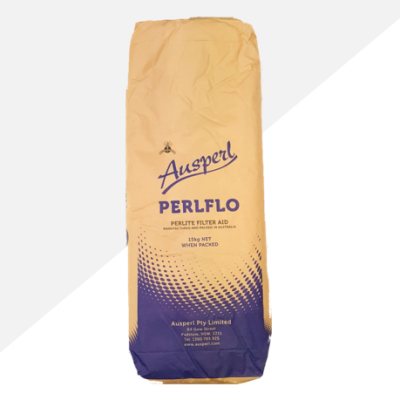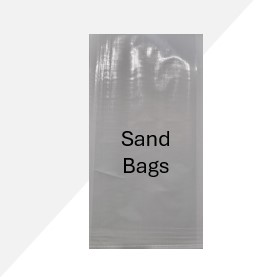Cellulose is an excellent precoat material for upstream filtration because it can easily coat the screens. If there is a hole in the cloth or screen, the cellulose fiber will overlap each other in a bridging effect seal the hole. This prevents blow by of filter aid into the wine or juice. The same overlapping of the cellulose fiber is how particles are retained. Small short fibers create a tight pattern of overlap for greater particle retention. Large longer fibers create a coarser filtration.
All of our α-cellulose has a natural charge without the addition of resin. This is because of the hydroxyl groups on the cellulose strains. Van der Waals force binds carbon to the α-cellulose reducing bypass. This allows for greater carbon removal.
In summary, all of our fibers are α-cellulose with a natural charge. We add no resin to obtain this charge. Cellulose also has the ability to operate in elevated pH environments above 10, making it frequently used in the chlorine-caustic industry to filter the brine feed to electrolysis membrane separators. There is no chemical reaction with brine and minerals because cellulose is inert.
Additional information
| Weight | N/A |
|---|---|
| Cellulose | SC200 |







